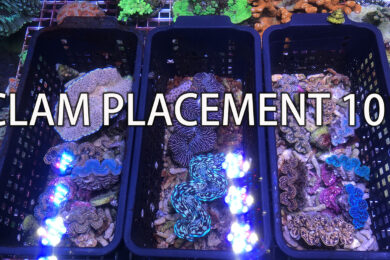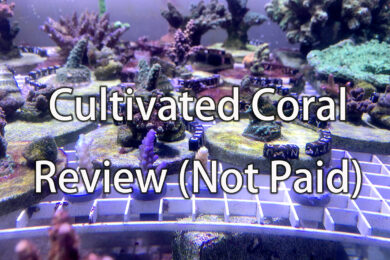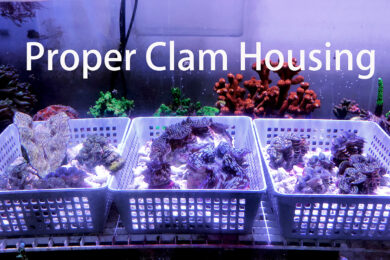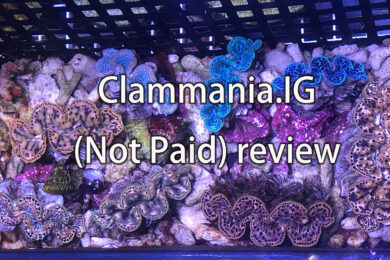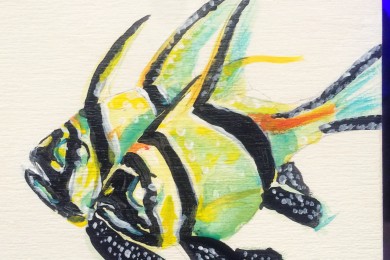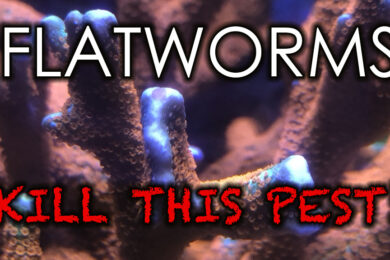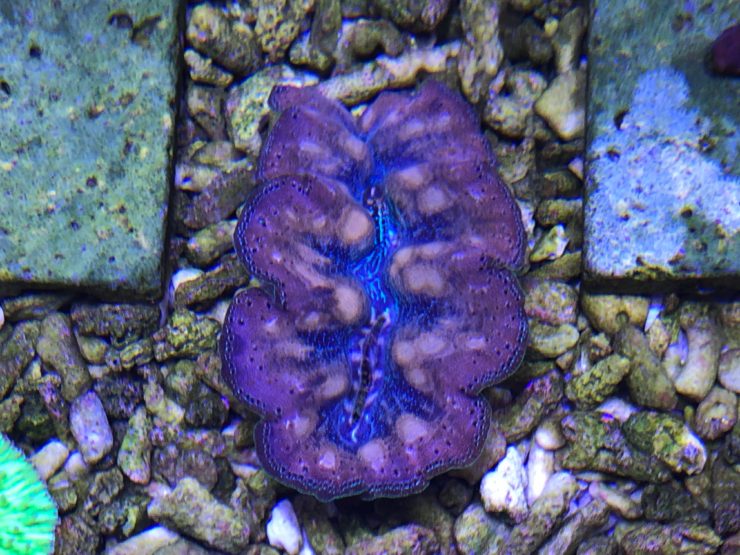Tridacna Crocea is the runt of the “giant” clam family tridacnae. Compare to its colossal cousin the gigas clam who can grow up to 4’ in length and weight over 300lb, the Crocea clam is a pocket size creature topping out at around 6” in length and weighs no more than half a pound soaking wet. But, despite its compact size, is this clam right for you?
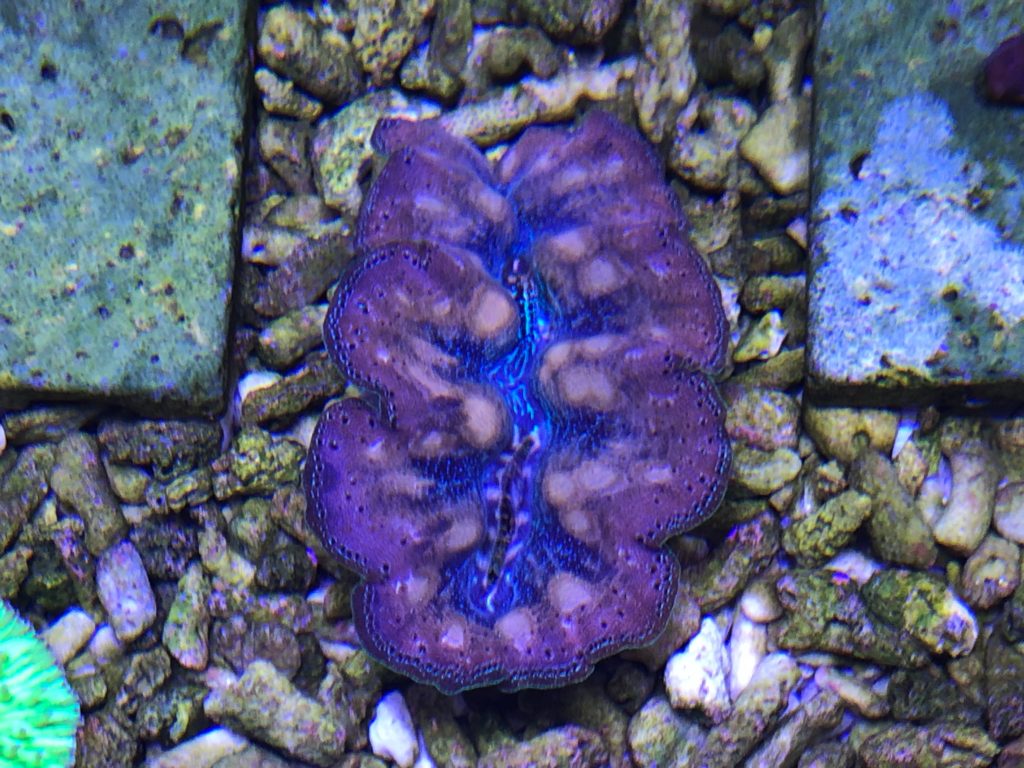
The Crocea clam is undoubtely one of the most attractive clams in the aquarium trade. It’s beauty is second to none, but as is its demand for care.
As far as lighting, water movement, water quality, and placement, I can basically copy and paste everything from what I have written in the Maxima clam post. If you are too lazy to click the link above, here is the run down:
Lighting: as strong as you can provide (with acclimation)
Water quality: perfect and consistent for reef standard.
Water movement: strong but not direct.
Placement: well, here is a bit of twist. The Crocea clam also has a nickname known as the boring clam. No, they are not bored, but boring refers to their ability to secret acid and bore into the rock structure using powerful open and close movements into the coral reef rock for better protection against predators. This does not take overnight, but overtime you may see this clam “sink” into the rock formation. Therefore for the best interest of the clam to best mimic its natural behavior, place this clam securely onto a rock surface for this clam to bore in overtime.
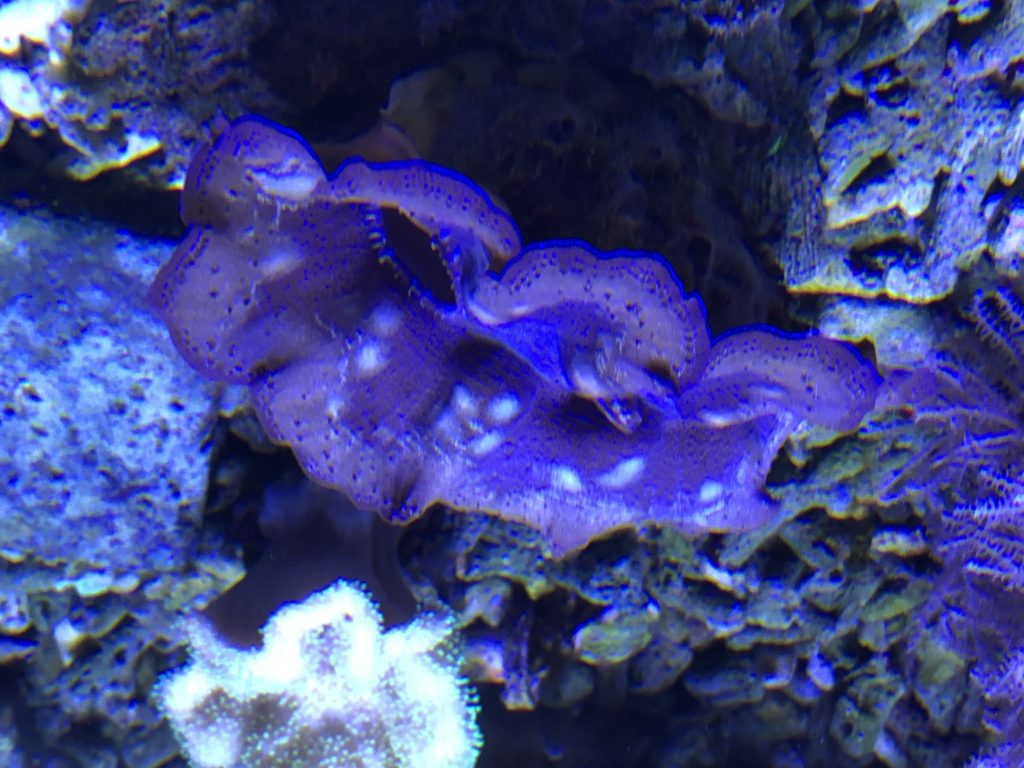
In my personal experience dealing with this clam, I find it to be just a bit more forgiving than the Maxima. Crocea clams tend to attach itself to a surface with more enthusiasm than maxima clams. The firm attachment of a clam against a surface is key to the clam’s long term success. So here is an important tip when you introduce a clam: find it a best spot in the tank then to NEVER move it again. I found the more I try to “reposition a clam”, even for upsiding it from falling over, the shorter it survives in my system.
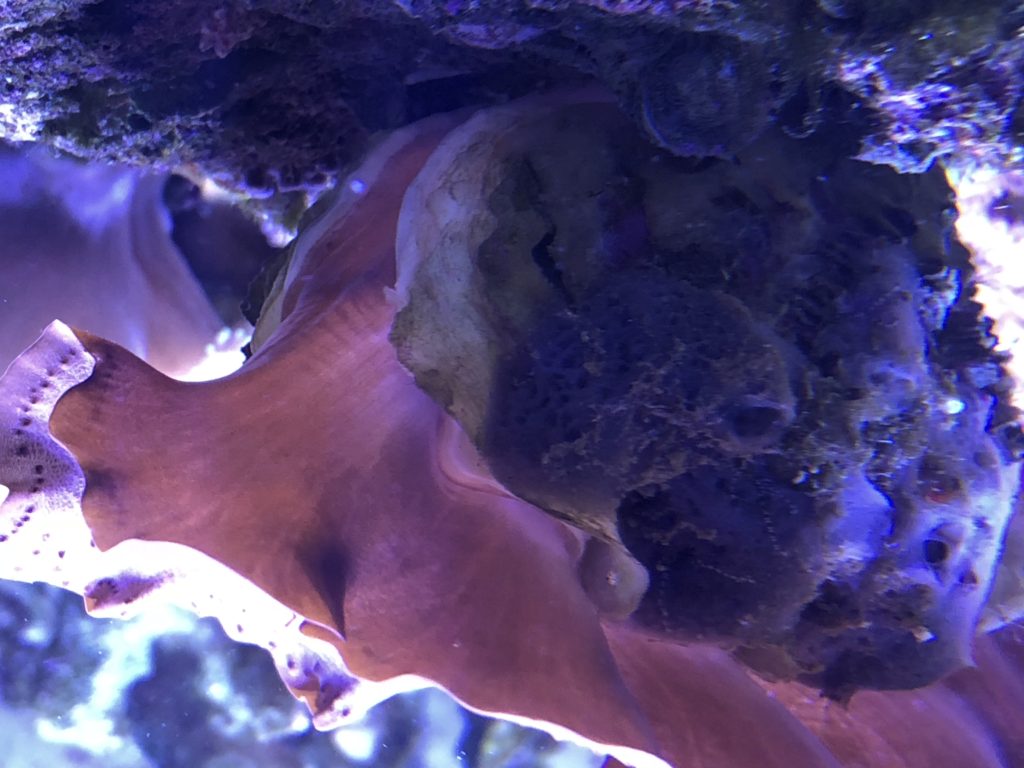
The clam pictured in this post spent a year in my system rapidly growing, eagerly extending its mantles, and formed a strong foothold onto a piece of death coral skeleton. The only reason it passed was due to the instability in my system from my extended absence while traveling.
The Crocea clams, especially the really bright ones are becoming a rarity in recent months. If you see an ultra grade Crocea and can answer yes to all of my questions towards the end of my Maxima clam post, I suggest you reserve a rock spot with at least 6” of space to house these beauties.
Happy reefing!

